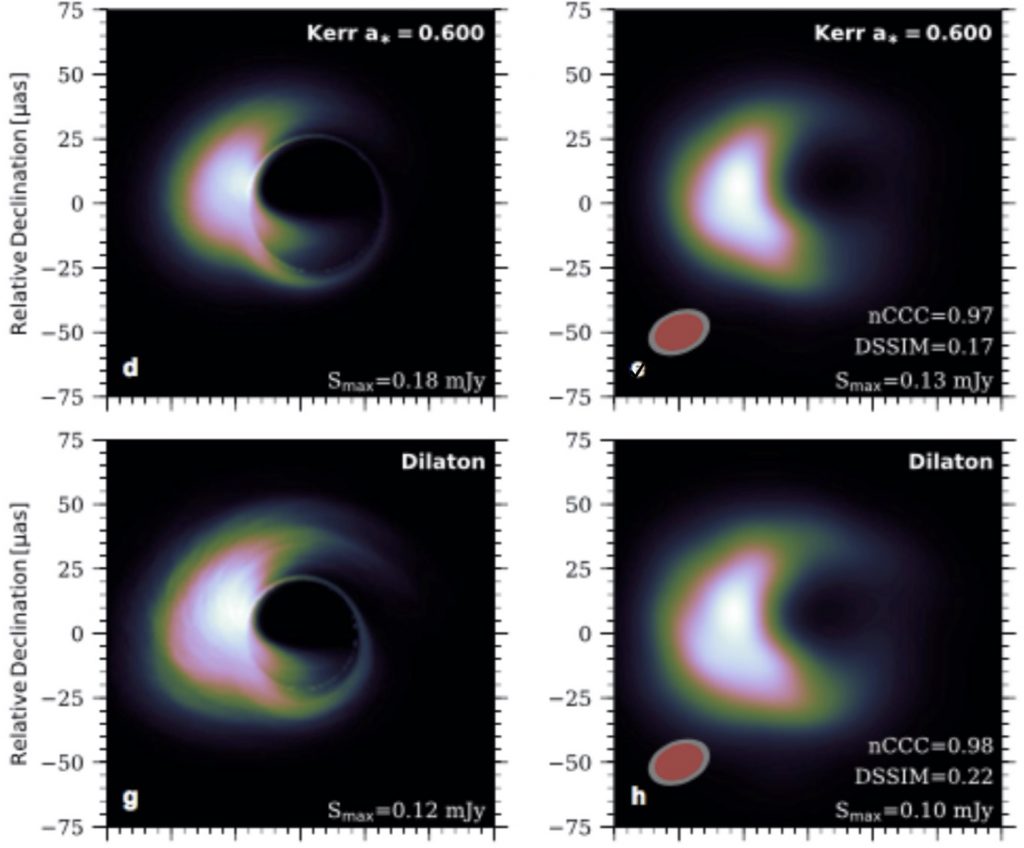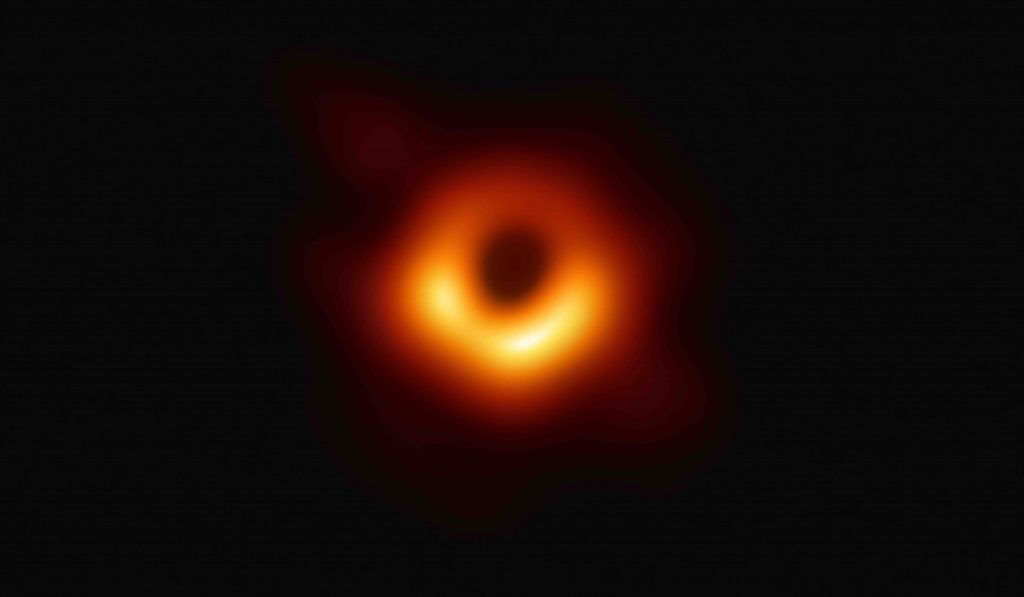Einstein’s General theory of Relativity successfully describes gravity. One of the most fundamental predictions of GR is the existence of black holes. In order to obtain the direct evidence of black hole, we need to observe the black hole which is shown as black hole shadow illuminated by surrounding hot plasma with horizon-scale spatial resolution (Goddi et al. 2017). How we can see the black hole? What is the evidence of existence of black hole? What physical condition can we understand from observed black hole shadow? How relativistic jet is launched from the vicinity of black hole? How high energy emission is emitted from relativistic jets? To answer these questions, we need to know the astrophysical plasma behaviour and radiative process near the black hole. In the future research plan, we have investigated black hole physics from the horizon scale to jet dissipation region in two extreme regime, strong gravity and high energy.

Event Horizon Telescope Collaboration (EHTC) is formed to development aimed at building a global 1.3 mm VLBI network to capture the images of black hole shadow of the centre of our galaxy Sgr A* and radio galaxy M87. As theory WG coordinator of EHTC I have developed the library of theoretical model and theoretical pipeline to compare the observed images and understand the physics from observed shadow image. If the observation is accurate enough, it will also give the critical evidence for the existence of black hole and the possibility to test the theory of gravity itself. In order to obtain a realistic shadow image, it is important to understand both the plasma dynamics around the central compact objects (black hole or BH alternatives) and its radiative properties. We have investigated the analytic black hole shadow structure from various theories of gravity (Younsi et al. 2016) as a library of shadow images. For investigating the possibility to test the theory of gravity by black hole shadow observed in EHT 2017 campaign, we have performed the GRMHD simulations of accretion flows onto standard Einsteinian Kerr black hole and non-rotating dilaton black hole which is a representative of alternative theories of gravity and used general relativistic radiation transfer calculation to generate synthetic shadow images. Adopting the very-long baseline interferometry configuration from the 2017 EHTC campaign, we found that it could be difficult to distinguish between black holes from different theories of gravity (Mizuno et al. 2018). On the other hand, when we applied the similar investigation by considering the black hole alternatives, supermassive boson star at the centre of galaxies, we found that it will be possible to distinguish between boson star and Kerr black hole by shadow images (Olivares et al. 2020). These results are crucial for the interpretation of the observed results by EHTC. For testing theory of gravity, we have investigate the stellar motion near the supper missive black hole of galactic center Sgr A* in different theory of gravity (De Laurentis et al. 2018).

In April 2017, the EHTC made first observations with a full array capable of imaging participating 8 radio telescopes and reveal an asymmetric ring morphology of the central compact radio source in M87 (EHT collaboration et al. 2019a, 2019b, 2019c, 2019d, 2019e, 2019f). In this series of paper, I have contributed for EHT imaging paper (EHT collaboration et al. 2019d) as a member of individual imaging team 3. In EHT model comparison paper (EHT collaboration et al. 2019f), we have developed the best fit parameter search code by using evolutionary algorithm of artificial intelligence (Fromm et al. 2019) to compare between EHT 2017 data and theoretical shadow model. As one of corresponding authors, I have written the EHT theoretical interpretation paper (EHT collaboration et al. 2019e). In EHT collaboration et al. (2019e), we considered the physical implications of the asymmetric ring seen in EHT 2017 data of M87. We concluded that the observed image is consistent with expectations for the shadow of a spinning Kerr black hole as predicted by general relativity. The first capture of the black hole shadow image of M87 by EHTC is opened the new era for black hole astrophysics.
In Bronzwaer et al. (2021), we have investigated in which GRMHD models the shadow images match their corresponding black-hole shadows, and in which GRMHD models they deviate from the black-hole shadow and found that these conditions are generally met for all MAD simulations and some of SANE simulations.
Reference:
- Goddi et al. 2017, IJMPD, 26, 73001
- Younsi et al. 2016, PRD, 94, 084025
- Mizuno et al. 2018, Nature Astronomy, 2, 585
- Olivares et al. 2020, MNRAS, 497, 521
- De Laurentis et al. 2018, PRD, 97, 104024
- EHT Collaboration Akiyama et al. 2019, ApJ, 875, L1
- EHT Collaboration Akiyama et al. 2019, ApJ, 875, L2
- EHT Collaboration Akiyama et al. 2019, ApJ, 875, L3
- EHT Collaboration Akiyama et al. 2019, ApJ, 875, L4
- EHT Collaboration Akiyama et al. 2019, ApJ, 875, L5
- EHT Collaboration Akiyama et al. 2019, ApJ, 875, L6
- Fromm et al. 2019, A&A, 629, A4
- Bronzwaer et al. 2021, MNRAS, in press
